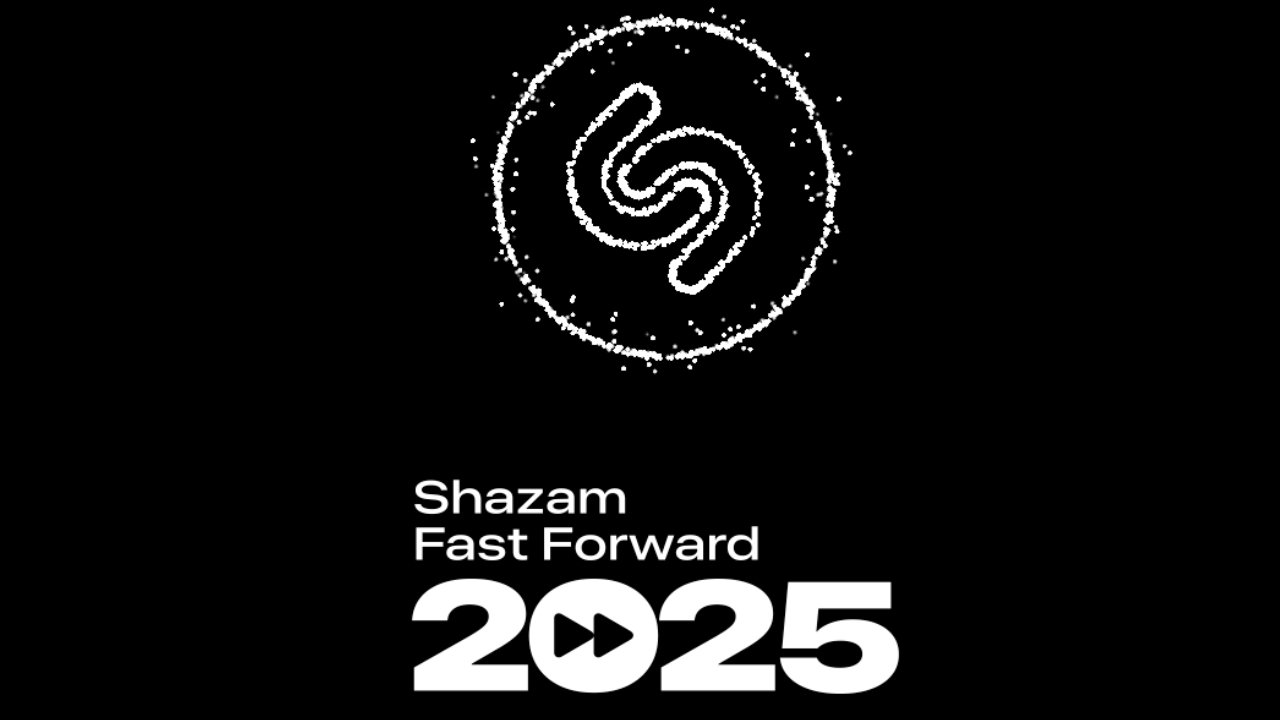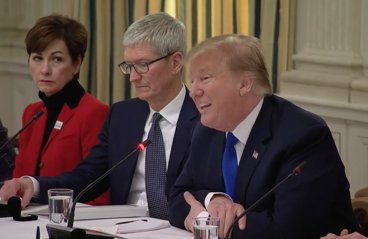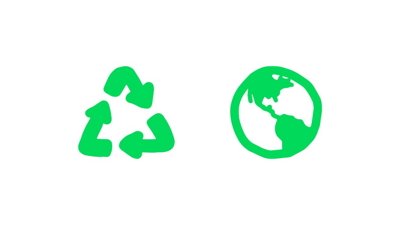Instead of telling you what song was playing just now in the elevator, Apple's Shazam is once more looking into the future at who it calculates will be your next favorite.
Shazam does know its stuff — in November 2024, it was announced that it had been used more than 100 billion times since it was launched in 2002. True, that figure must include all the times you get "No song found," but it's still impressive.
It's also a bit like alchemy. All of those millions of songs, recognized within just a few bars.
The service has come a long way, too, with the original version being something you called while holding the phone up to the speaker. Then in 2008, it got an iOS app, and in 2017, it got acquired by Apple.
Throughout it all, few have asked how it works and the more used to it we got, the fewer who even wondered. It's done by digital fingerprinting, a series of markers that identify various parts of a song such as tempo, and then comparing those to a very large database.
Putting that database to work
If that's an over-simplified explanation of something that's actually very subtly nuanced and complex, the next thing Shazam is doing is easy to understand. It's taking its database of music, and more specifically leveraging its record of just how many people have asked it about how many songs.
Presumably if you hate a track, the last thing you would do is look up what it's called and save it to your Apple Music playlist. So Shazam has good grounds to believe that it knows who is popular — and now it's putting that to use.
Shazam has announced what it's calling Shazam Fast Forward 2025. Over five days beginning January 6, 2025, the company is setting out its predictions for artists who will breakthrough into the mainstream in the next 12 months.
It's backed by Shazam's data, and also in some unspecified way "reviewed by our editors," but it's also casting the net a bit wide. Every day it is unveiling 10 artists, for a total of 50 across the week.
So it's not going out on a very big limb and saying who will be the most popular artist in 2025. It's not even going out on a slightly shorter limb and saying which will be the biggest artists across its five genres of dance, Latin, country/rock, pop, and Hip-Hop/R&B.
If you hesitated there over country and rock being in the same category, you're probably not a country fan. Find out on Wednesday, January 8, 2025, to see just how closely Shazam has blurred those genres together.
For its first day, concentrating on dance music, Shazam recommends:
But regardless of their genre, you can find out all week who are artists that other music listeners have started to take notice of. It doesn't mean that you'll like any of them, but it does mean that they appeal to a number of people — even if it's not clear how many that is.
Shazam has a strong track record for its predictions, too. From its 2023 list of 50 artists, for instance, 80% of them reached Apple Music's Top 100. There's a degree of self-fulfillment there as the artists were doubtlessly helped by being on the list, but it's still impressive.
And if nothing else, Shazam's 50 is double the typical week's selection inApple Music's New Music Mix.
 William Gallagher
William Gallagher








 Bon Adamson
Bon Adamson
 Marko Zivkovic
Marko Zivkovic
 Amber Neely
Amber Neely
 Malcolm Owen
Malcolm Owen


 Christine McKee
Christine McKee


-m.jpg)






1 Comment
Markov chains! Within a few notes a Markov chain can identify not only the song but also the version of the song from everything ever recorded (and on the database).
Markov chains can also be used in a generative mode, an early example being the Continuator. I implemented a version that could create new Scott Joplin rags and even a new gospel based on the Christian bible in les than a second.
As technology can now synthesise realistic voices, we may soon no longer need recording artists.
The Turing test - not being able to distinguish between human and machine - is being superseded by AI being better than humans.